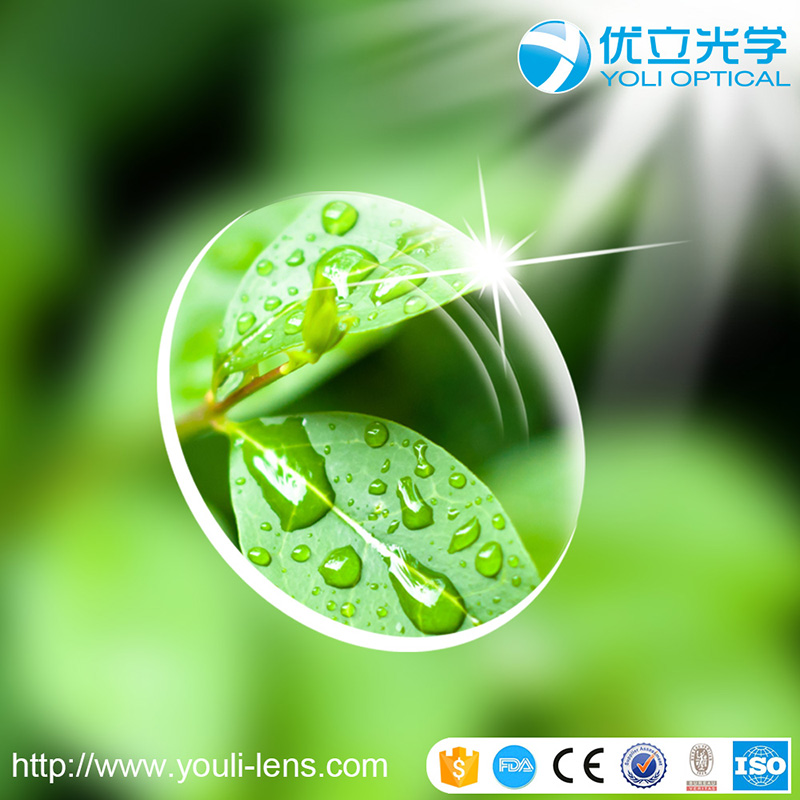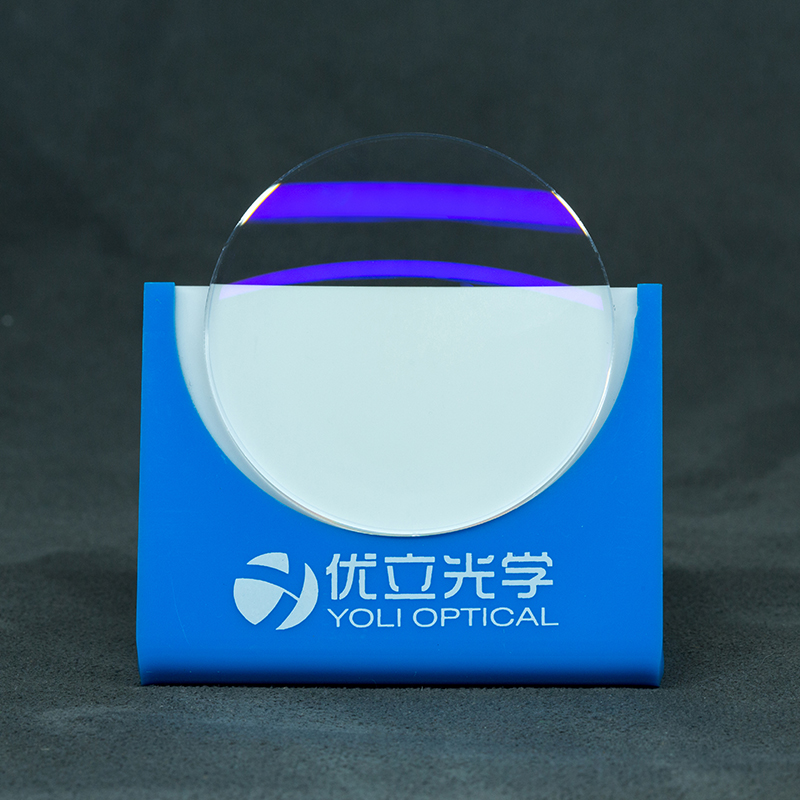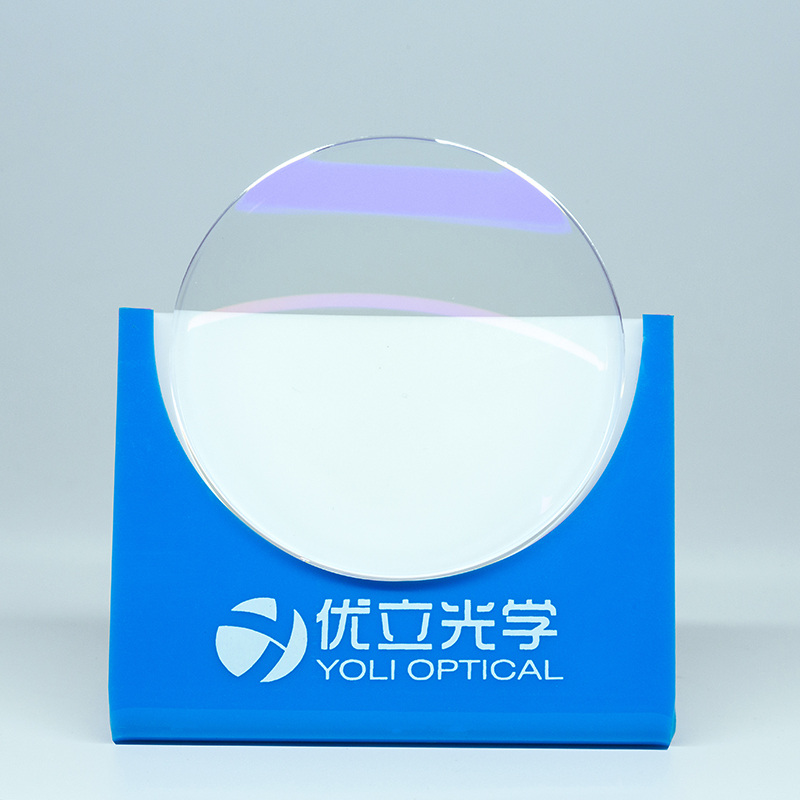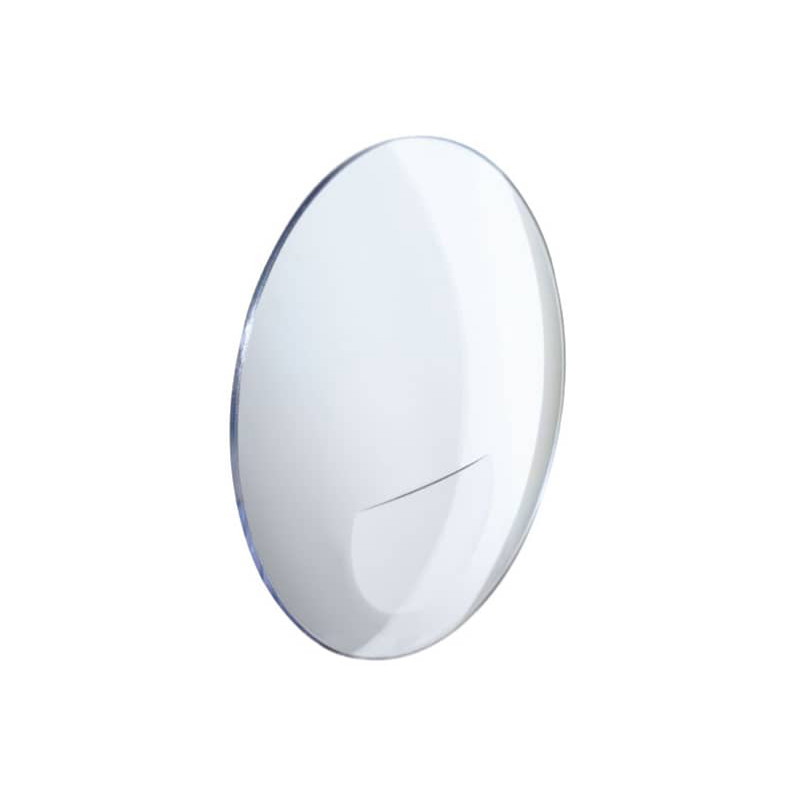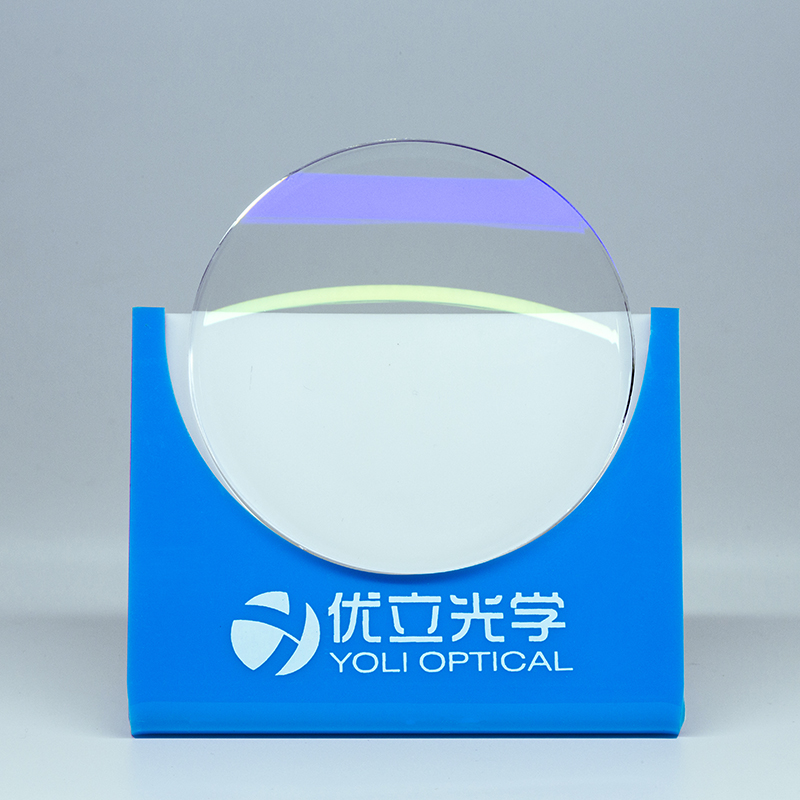
China Blue Ray Lenses Suppliers – The Thinnest and Lightest Lens 1.74 Blue Light Reducing Lenses – YOLI
China Blue Ray Lenses Suppliers – The Thinnest and Lightest Lens 1.74 Blue Light Reducing Lenses – YOLI Detail:
HIGH INDEX 1.74 EYEGLASS LENSES
The High Index (1.74 index) lens material is the thinnest and lightest lens material in the world, and is the best choice for high-power prescriptions, or anyone who wants the thinnest lens for their application. They have 100% UV protection and work well with most frame styles other than drilled rimless.

AR coating: A perfect companion for high-index lenses
For the best vision and appearance, it’s a good idea to have an anti-reflective lens coating (AR coating) applied to high-index lenses. AR-coated high-index lenses transmit up to 99.5 percent of light to the eye for optimum vision.
And because AR coating virtually eliminates lens reflections, it makes high-index lenses appear nearly invisible, so others see your eyes, not your lenses.

The blue light spectrum
Blue light ranges in wavelength and energy from 380 nm (highest energy to 500 nm (lowest energy).
So, about one-third of all visible light is blue light
Blue light is further categorized into these (high energy to low energy) subgroups:
·Violet light (roughly 380-410 nm)
·Blue-violet light (roughly 410-455 nm)
·Blue-turquoise light (roughly 455-500 nm)
Because of their higher energy, violet and blue-violet rays are more likely to damaging to the eye. For this reason, these rays (380-455 nm) also are called “harmful blue light.”
Blue-turquoise light rays, on the other hand, have less energy and appear to help maintain a healthy sleep cycle. For this reason, these rays (455-500 nm) are sometimes called “beneficial blue light.”
Invisible ultraviolet (UV) rays lie just beyond the highest-energy (violet) end of the blue light spectrum UV rays have shorter wavelengths and more energy than high-energy visible blue light. UV radiation has been proven to be damaging to eyes and skin.

Be prepared with these correct blue filter lenses

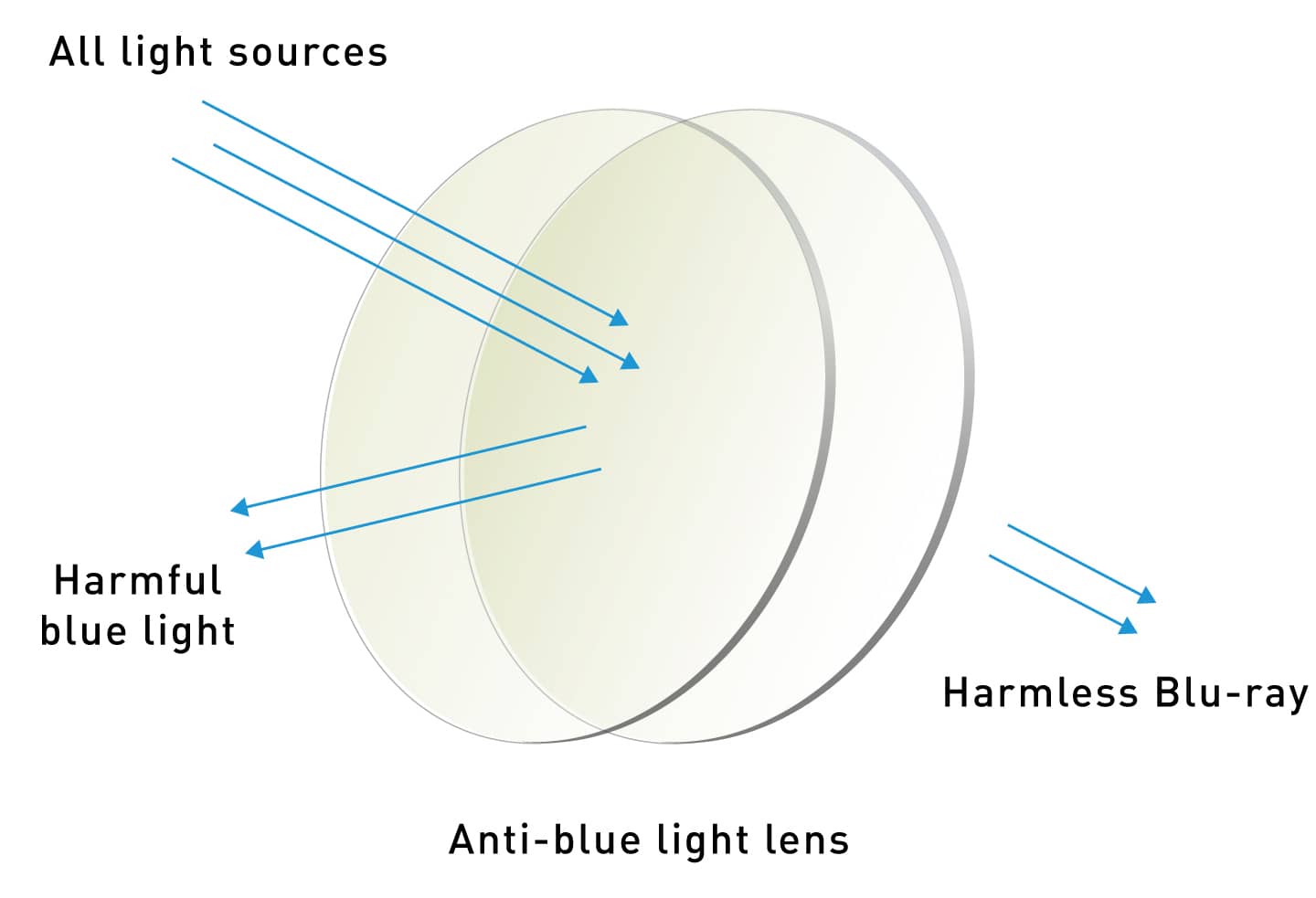
How Blue Light Reducing Lenses Can Help
Blue light reducing lenses are created using a patented pigment that is added directly to the lens before the casting process. That means the blue light reducing material is part of the entire lens material, not just a tint or coating. This patented process allows blue light reducing lenses to filter a higher amount of both blue light and UV light.
Key Points About Blue Light
1. Blue light is everywhere.
2. HEV light rays make the sky look blue.
3. The eye is not very good at blocking blue light.
4. Blue light exposure may increase the risk of macular degeneration.
5. Blue light contributes to digital eye strain.
6. Blue light protection may be even more important after cataract surgery.
7. Not all blue light is bad.

Product detail pictures:
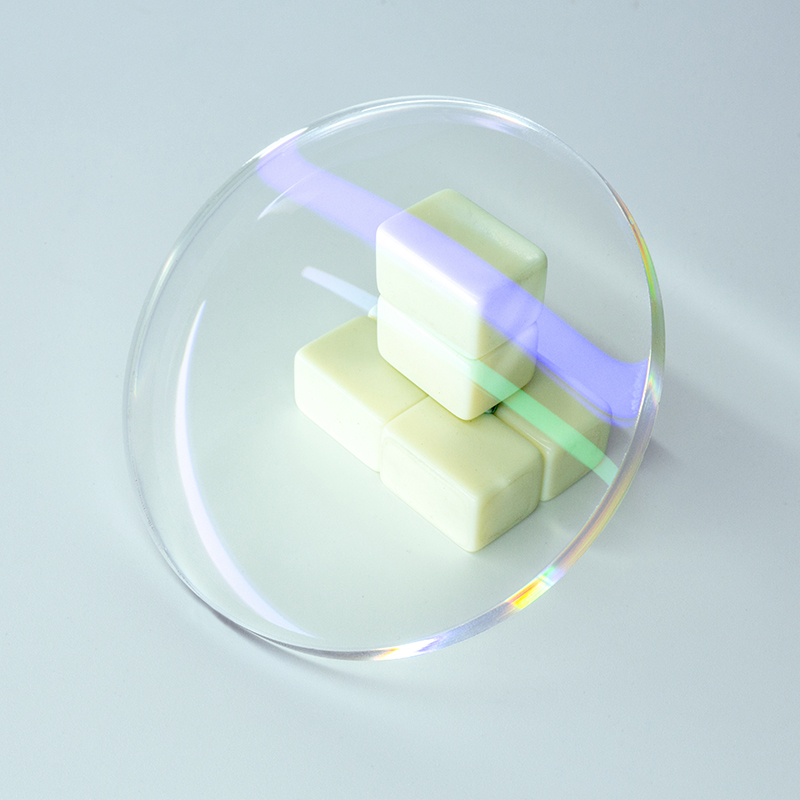
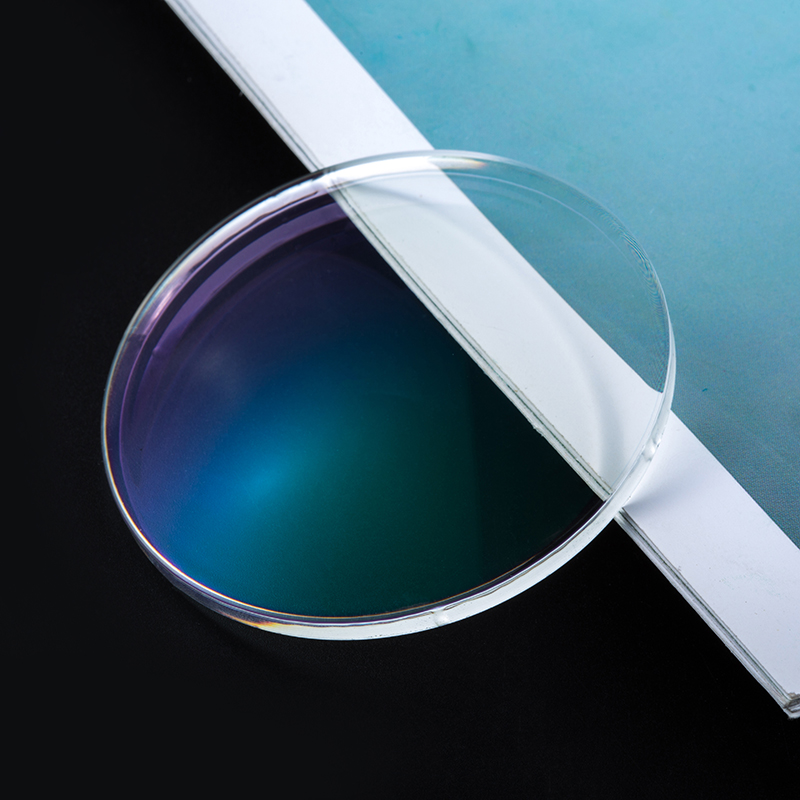
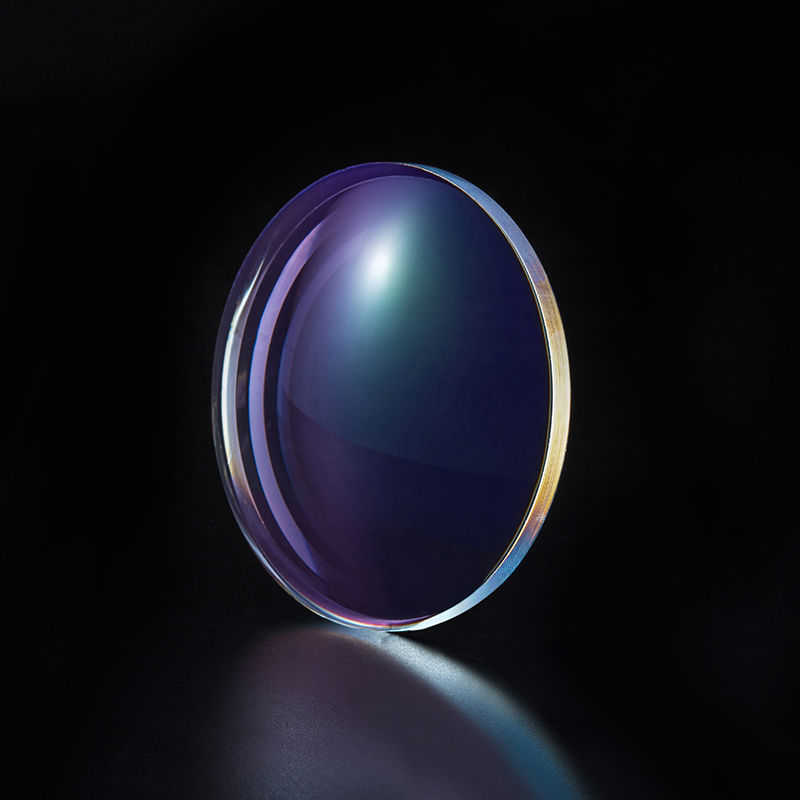
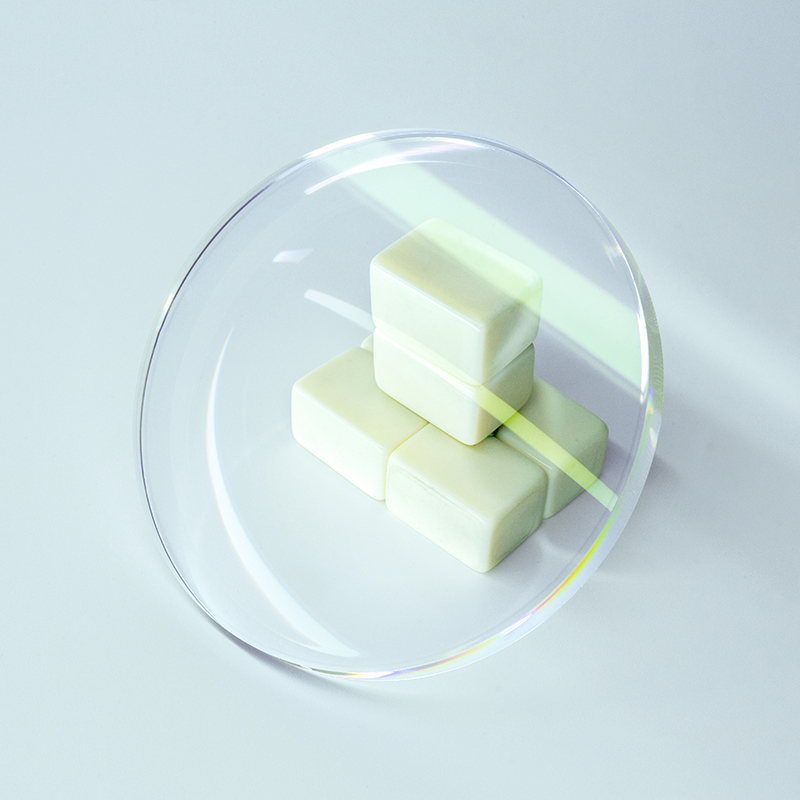
Related Product Guide:
Our products are broadly identified and trustworthy by people and may meet continually modifying financial and social requires of China Blue Ray Lenses Suppliers – The Thinnest and Lightest Lens 1.74 Blue Light Reducing Lenses – YOLI , The product will supply to all over the world, such as: Israel, United States, Sheffield, We have been very responsible for all details on our customers order no matter on warranty quality, satisfied prices, quick delivery, on time communication, satisfied packing, easy payment terms, best shipment terms, after sales service etc. We provide one-stop service and best reliability to our every customers. We work hard with our customers, colleagues, workers to make a better future.
Superb technology, perfect after-sales service and efficient work efficiency, we think this is our best choice.

